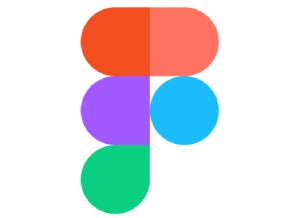
Google announced last year that support for Jamboard devices and apps will end as of October 1, 2024. Google Jamboard delivers easy-to-use collaborative drawing capabilities to people who use Google Workspace through a combination of Jamboard apps and a Jamboard device. The Jamboard apps can be used without buying a Jamboard device and work on the web, iOS, iPadOS and Android devices and in Google Meet.
People who use Jamboard devices or apps will need to seek alternatives. For hardware options, Google’s announcement recommended either the Series One Board 65 (priced around $9,000) or the Series One Desk 27 (priced around $2,000), both by Avocor. Google announced that three software solutions — FigJam by Figma, Lucidspark by Lucid Software and Miro — would be integrated to work with Series One devices, with import options for Jamboard content available by March 2024.
People who use the Jamboard apps, independent of the Jamboard device, may consider a wide range of software alternatives. The following six options all support visual collaboration and might serve as suitable replacements for Jamboard.
Figma, a collaborative interface design application company, launched FigJam (Figure A) in 2021. FigJam supports drawing tools, shapes, stickers, notes, text, connectors and stamps, along with section and table management features. You may also import images or insert links to web resources, including shared Google Drive files. Cursor chat enables an ephemeral conversation with collaborators that disappears when you exit the mode, while the comment system allows conventional comments on content anywhere on the board. FigJam offers a few more features than Jamboard, delivered with a cleanly designed user interface, as you might expect.
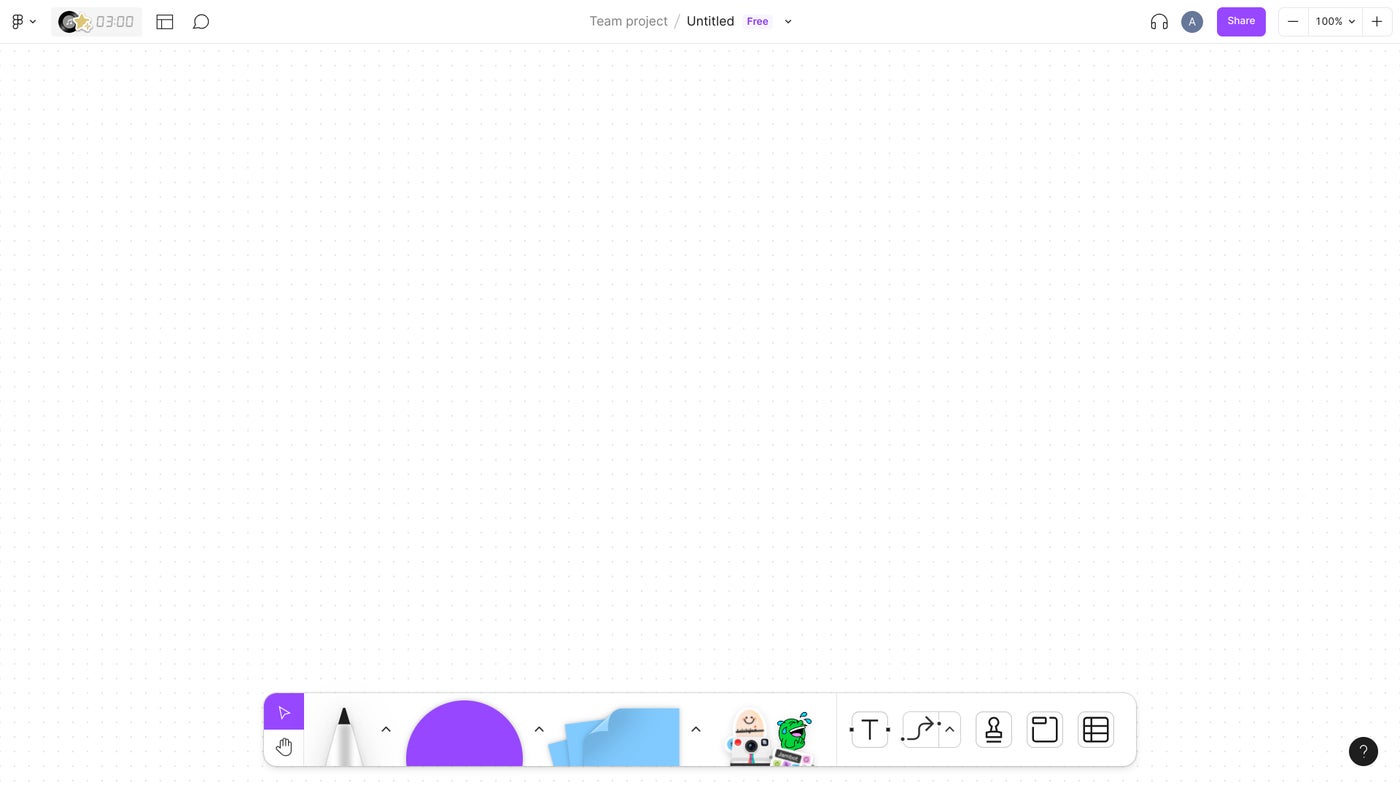
Figma’s ownership merits mention since Adobe, a creative content giant, announced an agreement to acquire Figma in September 2022; however, the deal was terminated in December 2023. While ownership doesn’t directly affect product features, the fact that Figma once sought to merge with a larger company may signal a long term potential for acquisition.
| Pros | Cons |
|---|---|
| FigJam app is available on the web (and Google Workspace Marketplace) and iPad. | No dedicated FigJam iPhone or Android app. |
| Clean design. | No offline mode. |
| More features than Google Jamboard. | |
| Free edition is available to students and educators. |
Figma offers four FigJam pricing plans: Starter, Professional, Organization and Enterprise.
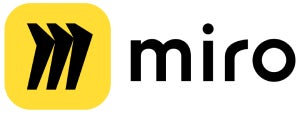
Miro (Figure B), formerly known as RealtimeBoard, provides a robust set of features all centered around visual collaboration. Standard drawing tools are available to draw, add shapes (including flowchart and Unified Modeling Language symbols), sticky notes and text, along with many templates. Miro also lets you add a huge variety of content types, including images, spreadsheets, tables, kanban, code blocks, charts, diagrams and more. Timer, voting, chat, video chat and notes let you collaborate with others in various ways on your board content.
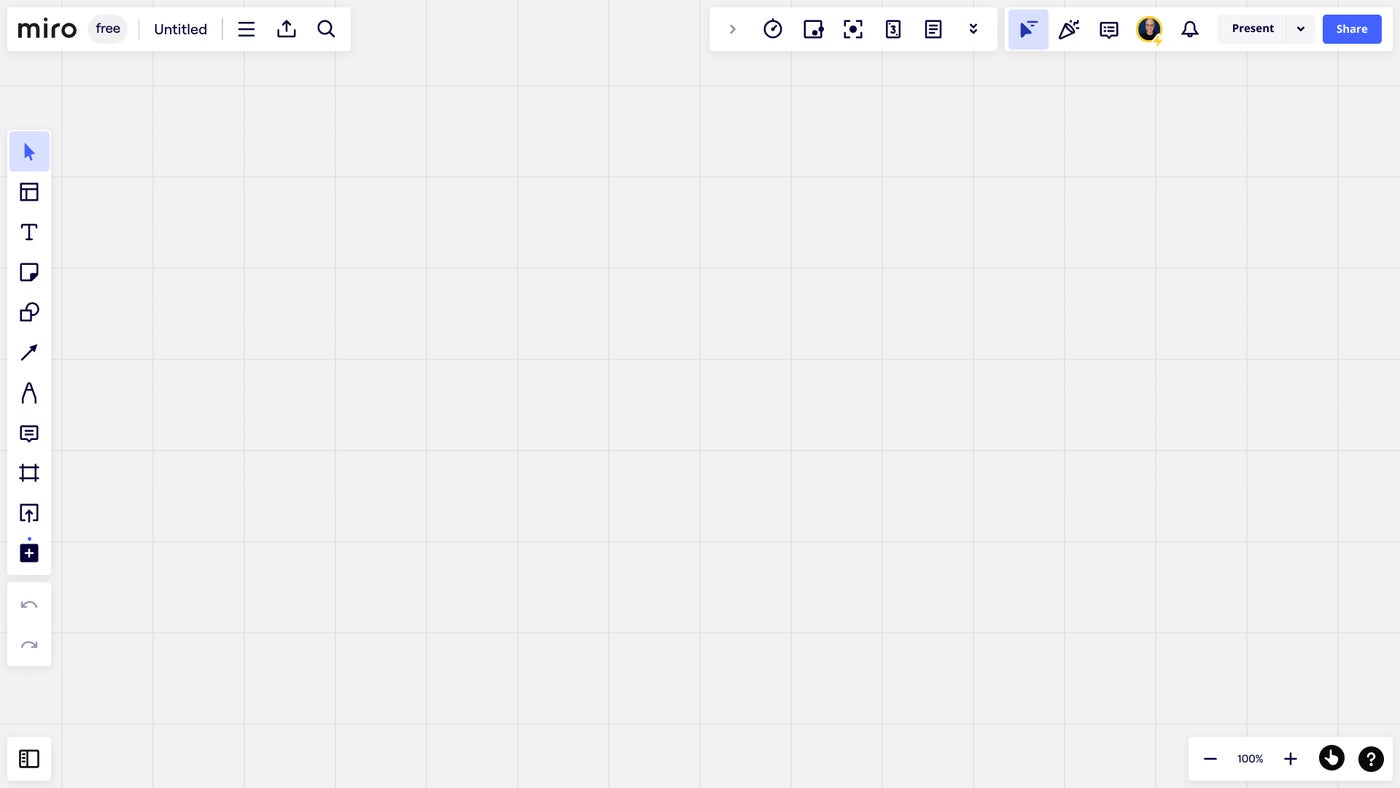
Miro lets you present your board to other people several ways. The Talktrack feature lets you record a video with your webcam (inset in a circle on the screen) as you navigate and discuss the board. The resulting video is saved and may be shared. Alternatively, you may present either the entire board, which hides many menus to emphasize your content or present frames, which allows you to define and navigate selected sections of content in order. Business and Enterprise editions offer access to facilitation tools to support activities such as voting and adding sticky notes or reactions.
| Pros | Cons |
|---|---|
| Miro app is available on the web (and Google Workspace Marketplace), macOS, Windows, iPhone, iPad and Android. | No offline mode. |
| Very full-featured. | |
| Diverse types of content can be added. | |
| Useful variety of presentation options. |
Miro offers four pricing plans for professional use: Free, Starter, Business and Enterprise.
Students, educators and educational institutions may access different Miro pricing plans.
SEE: How to use Miro as your whiteboard in a virtual meeting

Lucidspark (Figure C) provides a board on which you may draw and add images, shapes, sticky notes, text and lines. The comments and task system lets board collaborators not only comment on specific board content but also assign work to a colleague. To aid explanation, you may define frame areas and designate paths, so as to show sections of the board in sequence. Visual activities templates support various types of sorting, rating and board engagement, along with additional timer and voting tools.
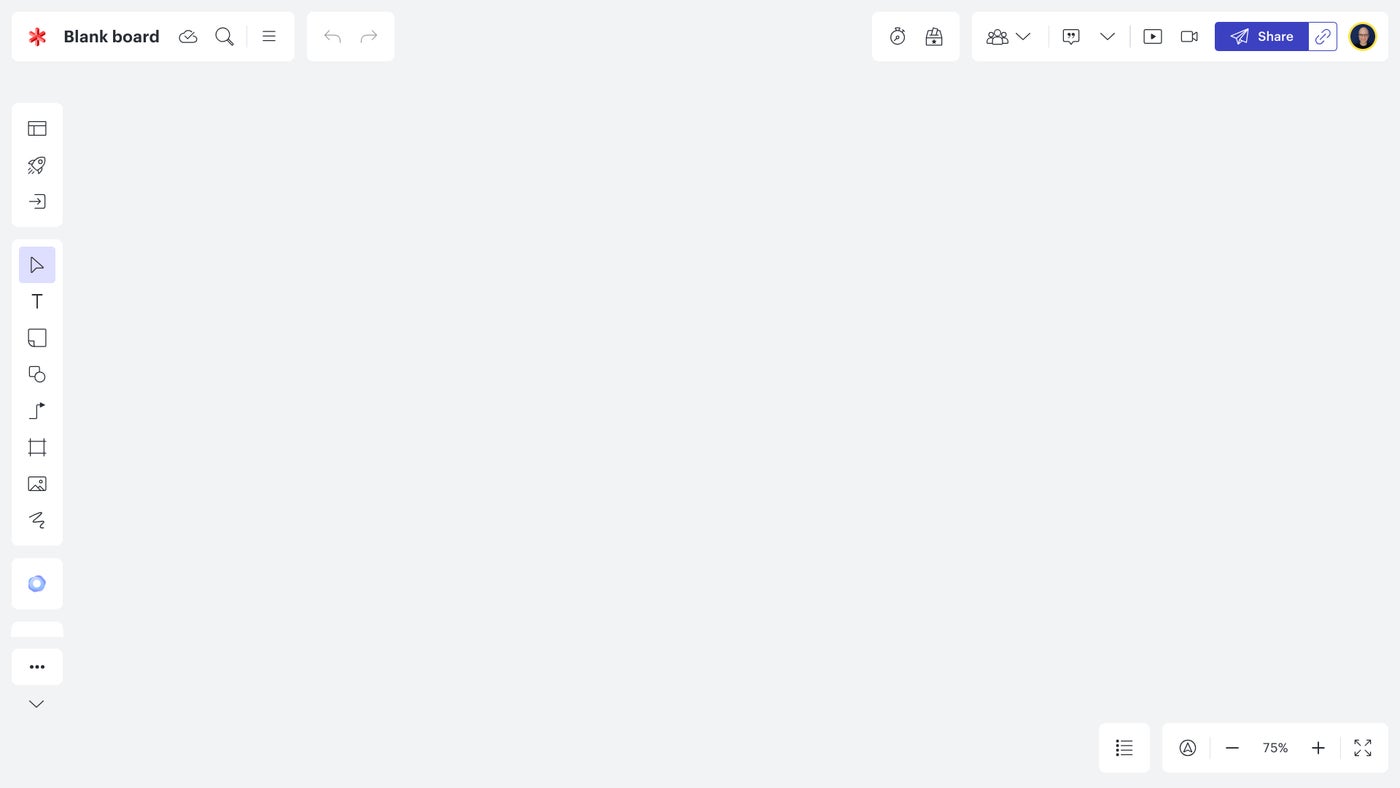
Lucidspark also offers menu customization and an experimental AI feature. Customize the left-side on-screen menu with a Tool pinning feature to show only the options you select. For example, if you rarely need Jira integration, you may unpin that option and it will not display on-screen, although you may still access it from the More menu. And a Collaborative AI option generates ideas from an entered prompt. For example, a prompt of “Best features of Lucidspark” created a 3×3 set of sticky notes, each filled with two or three words describing features such as “Integrated Video Chat,” “Seamless Integrations” and “Presentation mode.”
| Pros | Cons |
|---|---|
| Lucidspark app is available on the web (and Google Workspace Marketplace) and Android. | Team or Enterprise edition accounts are required to use mobile app on iOS or iPadOS. |
| Customizable menu for fast access to most-used options. | No offline mode. |
| Collaborative AI to generate ideas. | |
| Significant number of supported app integrations. |
There are four Lucidspark plans: Free, Individual, Team and Enterprise.
Educators may access a variant of the Team plan for free; this provides teachers and students access to the mobile app and many Team features at no charge. An optional upgrade to a paid team plan for education adds centralized account management, audit logs and access to priority support.

Microsoft Whiteboard (Figure D) is free, but it does require a Microsoft account to view, create or collaborate on boards; therefore, this option may make the most sense for individuals or organizations who already use other Microsoft services, such as Microsoft 365.
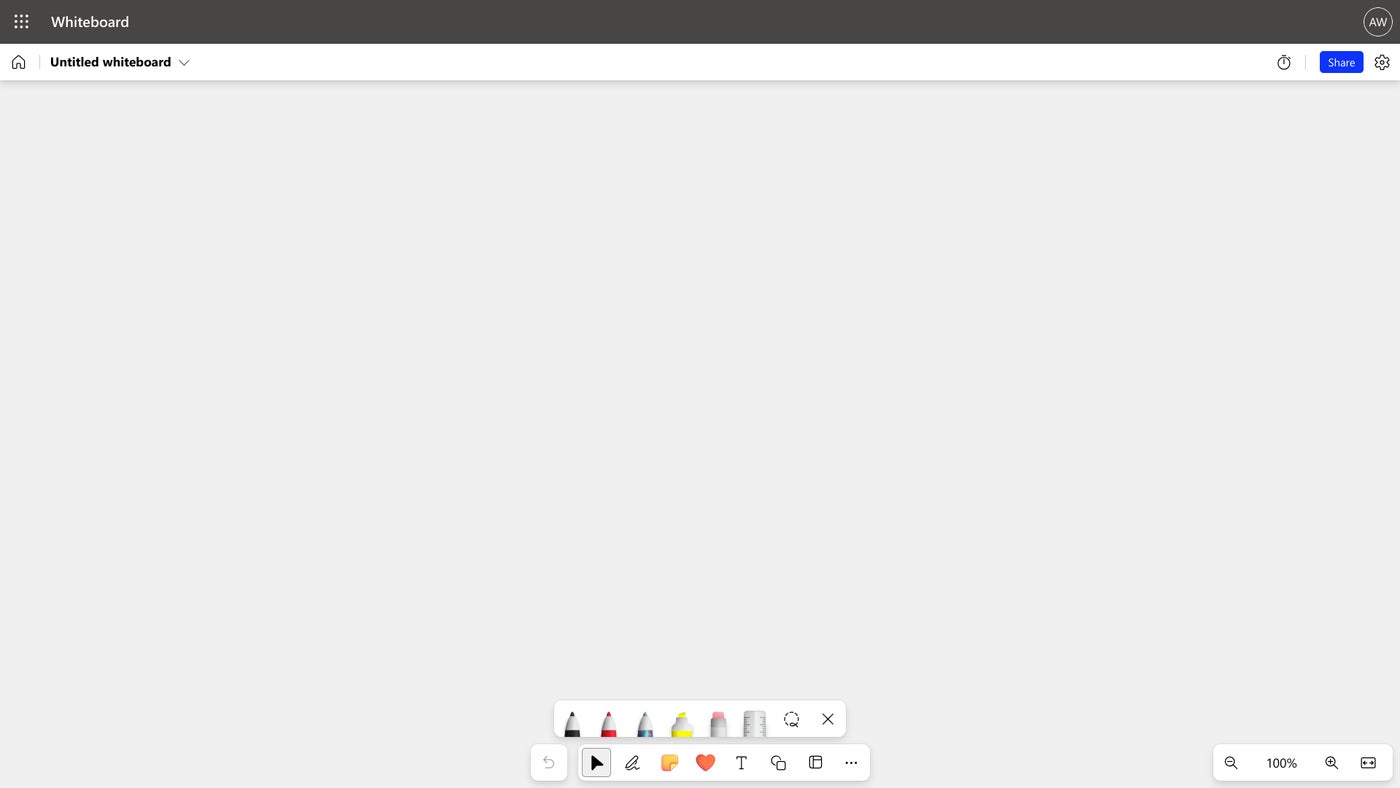
Microsoft Whiteboard offers a standard set of tools that includes a pen, highlighter, ruler, notes, emoji-style reactions, text and shapes. You may also upload images to a board. Plus, Microsoft Whiteboard offers a large number of templates for all sorts of brainstorming, planning, meeting and learning activities. You may customize the board background color and select from a set of nine background grid designs. And there’s an included timer. Share the link to give collaborators access to all of these tools, too.
| Pros | Cons |
|---|---|
| Microsoft Whiteboard is available on the web, iPhone, iPad and Android, as well as for Microsoft Surface Hub and Microsoft Teams Rooms devices. | Not available in the Google Workspace Marketplace. |
| Free. | Must sign in with a Microsoft account. |
| Significant variety of templates for business uses, such as brainstorming, project planning and meeting activities. | No offline mode. |
| Focused set of tools. |
Microsoft Whiteboard is free, although you must sign in with a Microsoft account to use it. A Microsoft account may be obtained for free.

The Zoom conferencing platform offers Zoom Whiteboard (Figure E), which may be used either with a web meeting or separately. For anyone with an existing Zoom account, Zoom Whiteboard merits consideration.
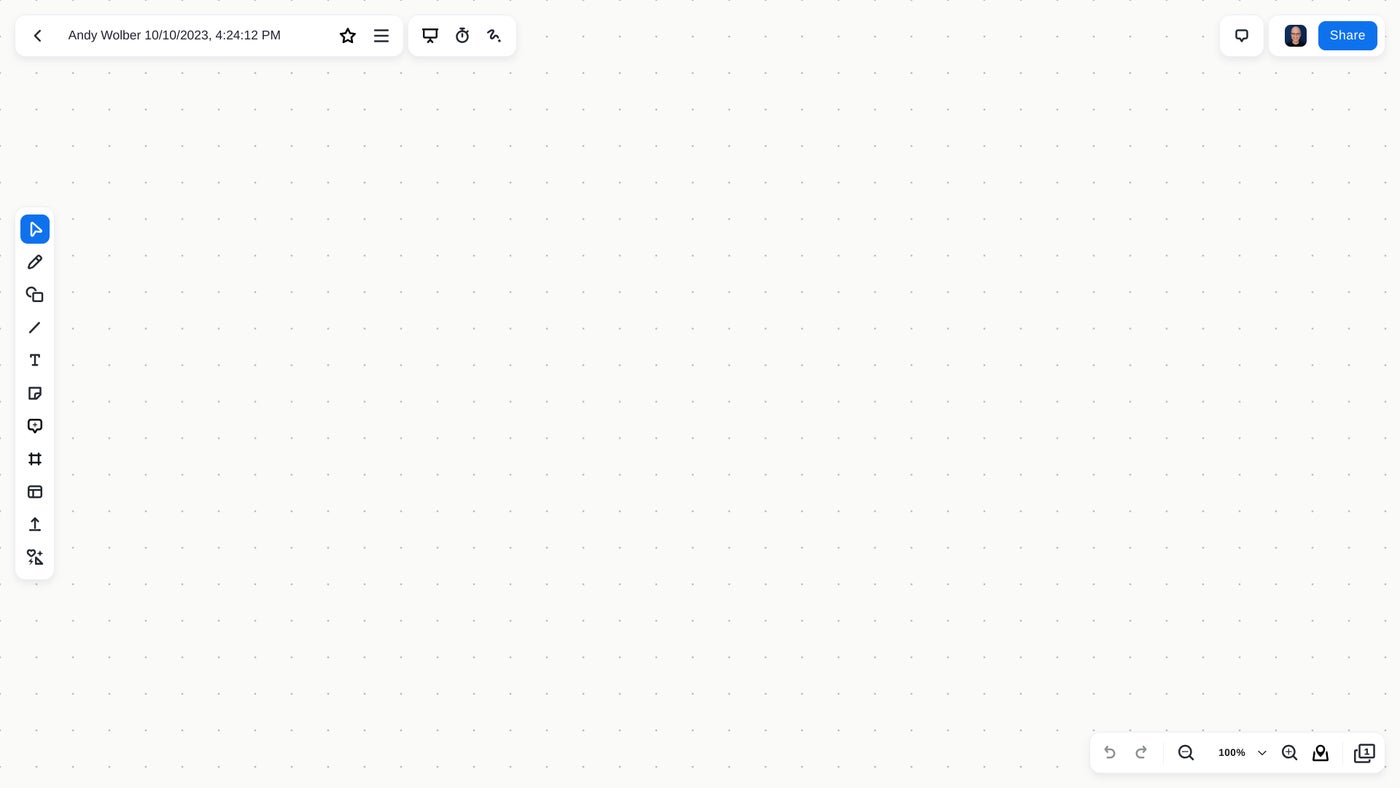
Zoom Whiteboard offers a large number of templates for brainstorming, diagramming, meeting, education or entertainment; or, you may simply create a new blank board. The system includes tools such as pens, shapes, lines, text, sticky notes and comments. You may upload images and PDFs to your board or add a mind map, table, kanban board or cards. In particular, cards let you assign tasks and track both dates and task status. Zoom boards also let you create multiple pages. As a presentation aid, you may add frames around your board content, then organize and present the frames in sequence. The timer and laser pointer may be useful during presentations or collaborations as well.
| Pros | Cons |
|---|---|
| Available as part of Zoom on the web (and Google Workspace Marketplace), macOS, Windows, Linux, iPhone, iPad and Android. | Zoom Whiteboard offers secondary functionality to web meetings. |
| Large number of templates for business uses, such as brainstorming and diagramming. | No offline mode |
| Support for multiple pages within a board. | |
| Frames to order presentation sequence. |
Three Zoom Whiteboard editions are available: Whiteboard Basic, Whiteboard and Whiteboard Plus.
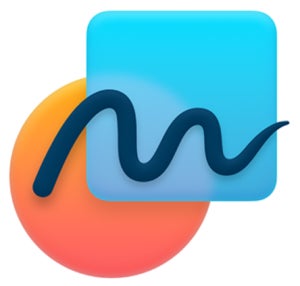
Freeform (Figure F), a visual collaboration tool by Apple, is included with current devices that run iOS, iPadOS and macOS. The app is free, although only people who use Apple devices may use it. For example, Freeform would be an excellent option for a classroom where a teacher and students all use iPadOS or macOS devices, but would not be suitable for a situation where collaborators might use Windows, ChromeOS or Android devices.
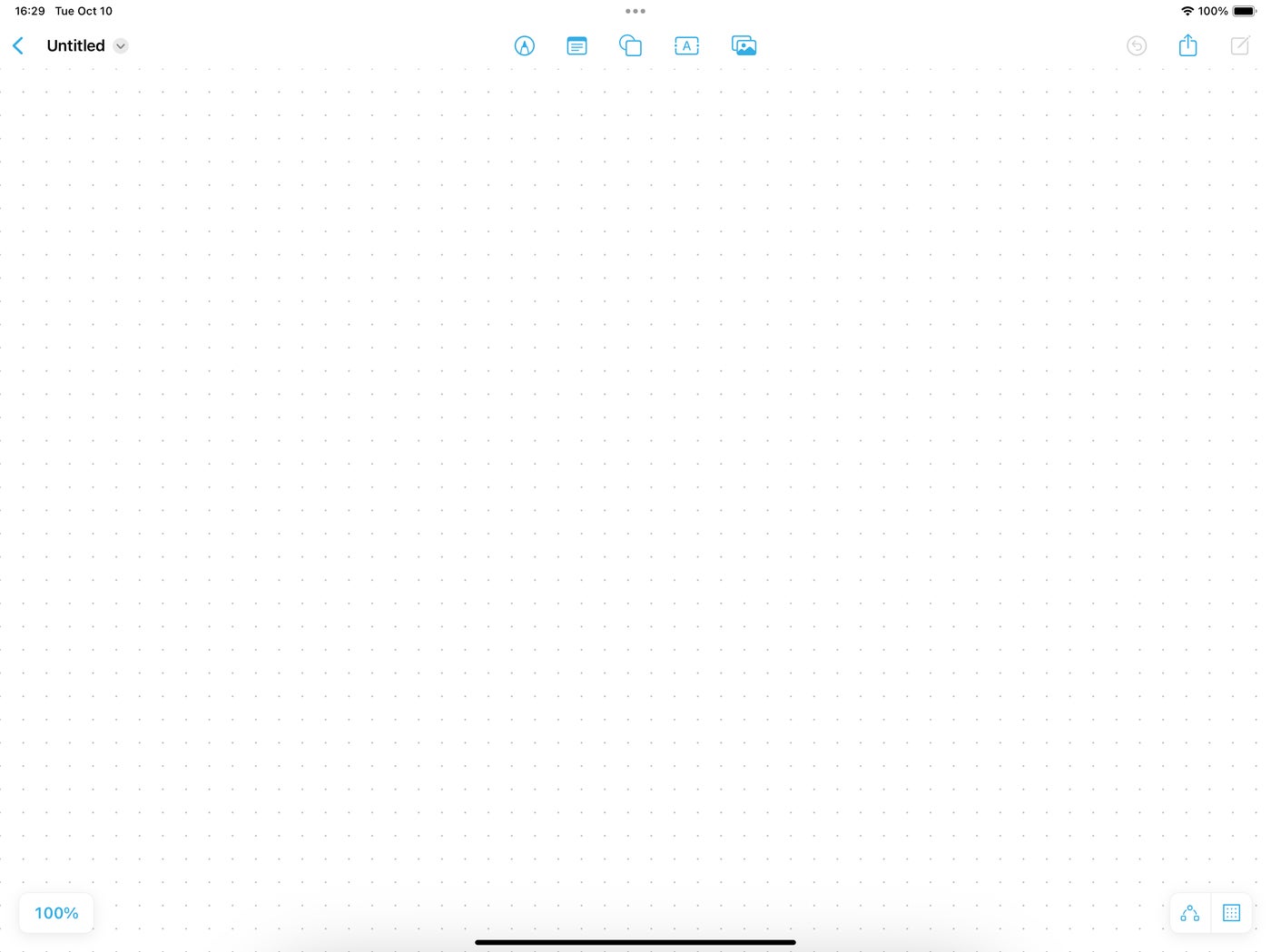
Freeform offers numerous writing and drawing styles, including a pen, pencil, highlighter, crayon, ink and watercolor options. On devices that support an Apple pencil, you may leverage the system’s built-in handwriting recognition system, Scribble, to convert pencil strokes into text. Freeform lets you add notes, links, shapes and typed text. You may use a camera to capture a photo or upload an image, video, audio file or PDF to a board. Freeform works offline, so you can use it to capture ideas almost anywhere. Freeform allows up to 100 people to collaborate on a board, and it may be used with Messages or FaceTime.
| Pros | Cons |
|---|---|
| Available on current iPhone, iPad and macOS devices. | Available only on Apple devices. |
| Can create and work offline. | |
| Works well with Apple Pencil, Messages and FaceTime. | |
| Wider range of drawing tool styles (e.g., watercolor, ink and crayon) compared to many of the other alternatives in this article. |
Freeform is available as one of the default apps on all modern Apple devices, including iPhone, iPad and macOS systems.
Beyond the six services covered above, many other collaborative drawing options exist. Google suggests Google Drawings or Google Slides might meet some needs. Other services that may merit consideration include Canva Whiteboard, Conceptboard, Excalidraw, Explain Everything, Inko, Pear Deck, Pencil Spaces, Sketchboard or Whiteboard.chat.
The first three services — FigJam by Figma, Miro and Lucidspark by Lucid Software — are included because Google specifically recommends those as alternatives to Google Jamboard. All three will offer some type of import tool to allow you to preserve existing Jamboard content.
The remaining three options were selected because of the widespread use of Microsoft, Zoom and Apple tools in the education community — a significant user of Jamboard apps. If you and your collaborators use Apple hardware, Freeform makes sense as an alternative to Jamboard. If you and your collaborators have existing Microsoft or Zoom accounts, then either of those respective services might serve you well.
The author signed and actively tested each of the services for testing purposes, and has actively used and covered Google Jamboard since its inception. Each of the screenshots was taken during this experimentation. We rely on vendor websites for pricing.